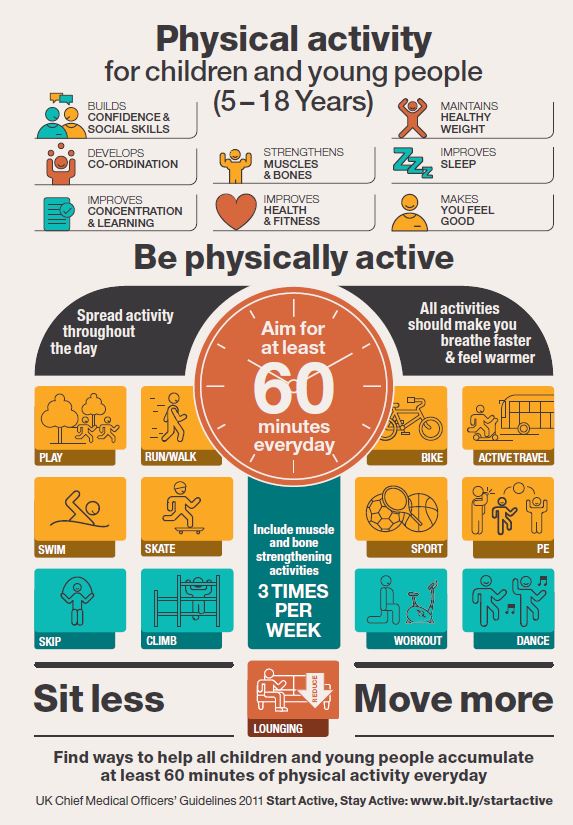
Dr Dawn Harper
Fear, guilt and shame go hand-in-hand with exercising – for pregnant women. Why does prenatal exercise have such a stigma attached to it when it can actually do more good than harm?
A new research released today shockingly finds that over half of mums have felt fearful about exercising in pregnancy, with 24-to-35 year olds found to be the most fearful of physical activity causing harm to their baby.
It is no surprise then that over a quarter of mums reduced or gave up exercising altogether during pregnancy, with over a fifth of the nation being fully convinced to stop less than six months into their pregnancy.
Fitness class participation levels are also see a drop from 31 per cent to 12 per cent during pregnancy, with women partaking in running reducing from 32 per cent to only nine per cent.
The research commissioned by Aptaclub for the launch of Active for 2 – a free expert led pregnancy exercise resource – reveals that nearly half of the nation’s women agree there is conflicting information about prenatal fitness and what exercises they can and can’t safely do while pregnant. While 47 per cent of women think running is risky, nearly two-fifths even classify yoga as being slightly risky during pregnancy.
Dr Dawn Harper understands the importance of ensuring women stay fit during pregnancy, with exercise supporting relief of aches and pains that come with the changes and growth of the body. Patient Talk spoke with her to fin out more!
PatientTalk.Org: What are the barriers to pregnant women and exercising?
Doctor Dawn Harper: Today we have a survey out from Apta club which shows a lot of women are giving up exercise altogether when their pregnant. So over a quarter of women have stopped altogether or significantly reduced their exercise levels. I think that’s a great shame with my GP hat on because we know that women who exercise regularly during pregnancy are going to feel healthier themselves, its doing themselves some good. Their also likely to have actually easier labours, that’s quite a good incentive. There’s also research to show that babies born to fit women that exercise regularly tend to develop better. So far from there being this kind of myth out there I think that maybe exercise might in some way damage you baby, for the vast majority of pregnant women exercising regularly it good for the both of you.
PatientTalk.Org: What are the best ways of exercising?
Doctor Dawn Harper: One of the things you may need to do is kind of adapt your normal exercise regime when you’re pregnant and what Apta club has done is they’ve launched a campaign called active for two. On the web site there are little videos the help you to look at what might be an appropriate exercise for you in each trimester of your pregnancy. For me I would say every women is different and every pregnancy is different, I had three children and I had three very different pregnancies. It’s a case of fine tuning to you and that might mean that you speak to your midwife or your GP about your exercise levels, if you’re a member of a gym speak to the staff there they will be use to looking after ladies who are pregnant. So you may well have to reduce your intensity or alter in some way your normal exercise regime but we’re really keen for those that can continue to exercise that they continue to do so.
PatientTalk.Org: So what are the risks and what might be damaging?
Doctor Dawn Harper: I think there’s been this feeling for some women out there that in some way exerting yourself might damage your baby. Now for most of us as long as we’re exercising sensibly, so I’m not advocating that women go out there and their gasping for breath. That’s not the sort of exercise levels but it is just keeping yourself active and fit. There are some sport that we would say are not a sensible idea because you don’t want to do any contact sport that could involve injuring your tummy and there for possibly to your unborn baby. Things like: Yoga, swimming, running and walking, those types of things are really good for you aerobic fitness and your posture. Yoga is particularly good for posture.
PatientTalk.Org: Why is parental fitness important?
Doctor Dawn Harper: I think parental fitness is important all round actually, it’s important for the individual. So we know that if a pregnant lady is exercising regularly she is likely to sleep better and that’s quite important. For the rest of the pregnancy she’s going to feel better in her emotions, we know it’s a good stress relief and she’s also going to feel physically better. We also know that regular exercise means that her labour is likely to be easier, women who exercise are less likely to have a C- section or an interventional delivery so that’s a good thing. But also actually it means that your baby is likely to develop better, so win win win here. I guess the other thing that if you’re exercising regularly, an awful lot of women put on a lot of weight during pregnancy but every women is different. You should only put on anywhere between 25 and 35 pounds but more is your slim to start with and less if your carrying a bit of extra weight to start with. A lot of women will put on significantly more than that and if your exercising regularly you should be able to maintain the appropriate weight gain that’s is right for you during the pregnancy which also means that you get back into you pre pregnancy jeans an awful lot sooner.
PatientTalk.Org: What about exercising with a medical condition like diabetes or MS while pregnant?
Doctor Dawn Harper: So again this is very much tailoring your exercise, so if you got something MS for example there maybe somethings you simply can’t do because the nerves have been damaged. Diabetes type 1 and 2, some women become diabetics during pregnancy just stage 1 diabetes and if we can actually manage weight gain appropriately perhaps it’s not the time to be dieting but to manage that weight gain appropriately and maintain fitness levels actually that’s a very good thing.
PatientTalk.Org: Where can people go for more information?
Doctor Dawn Harper: There’s a super web site it’s Aptaclub.co.uk, lots of information there and professional advice from nutritionists and mid wives. Really helpful tips about simple little things like what would be the most appropriately exercise for different trimesters so well worth having a look at.




